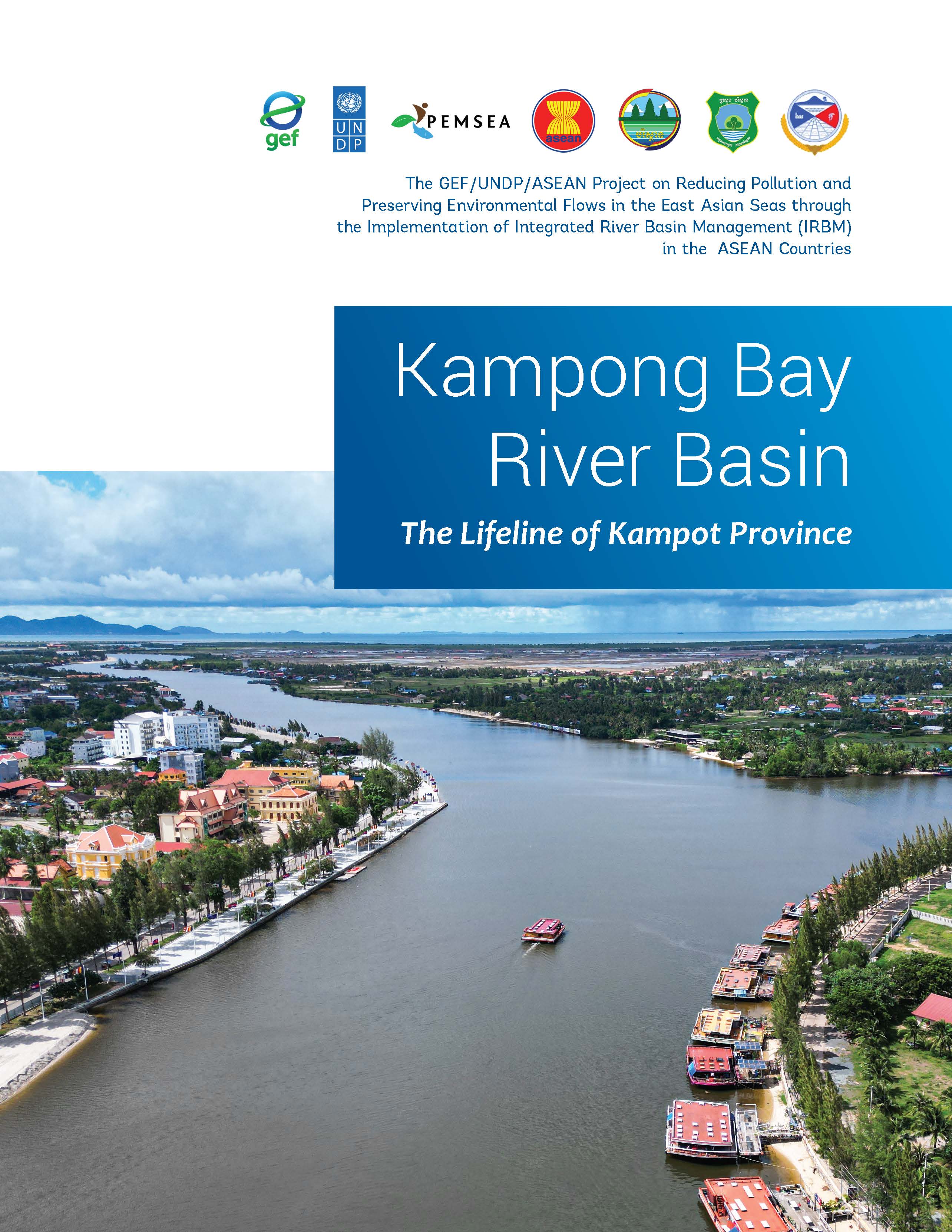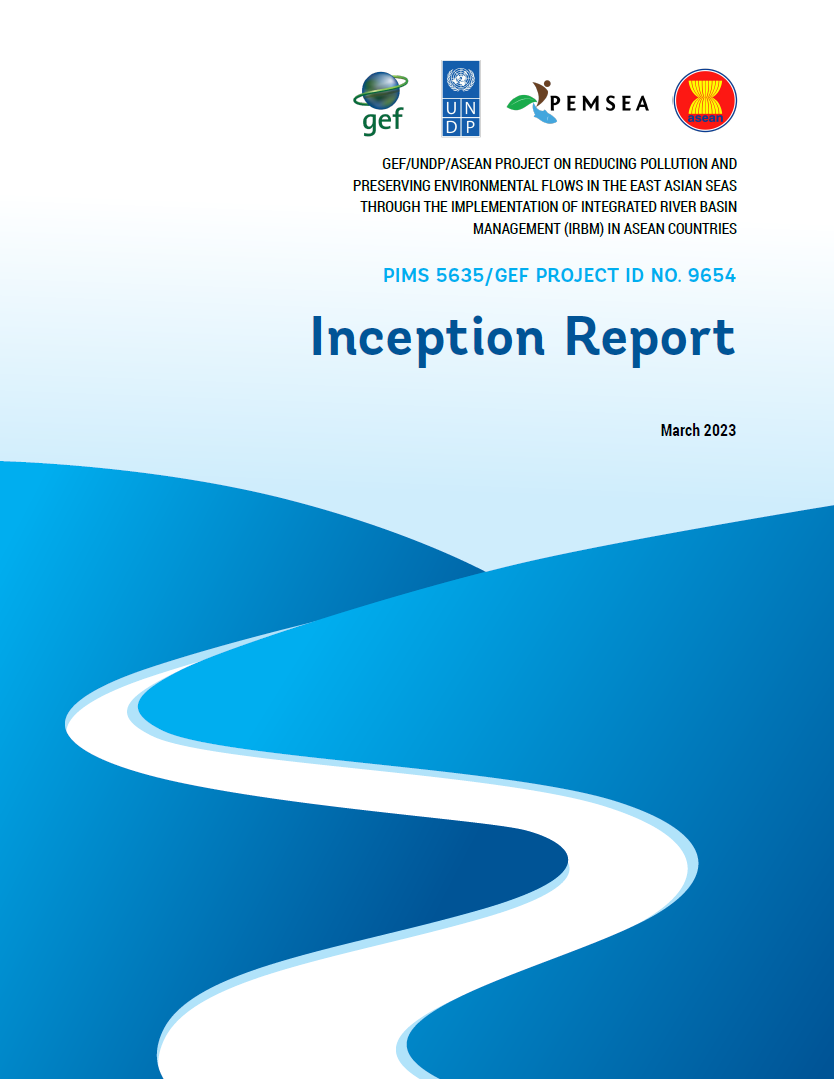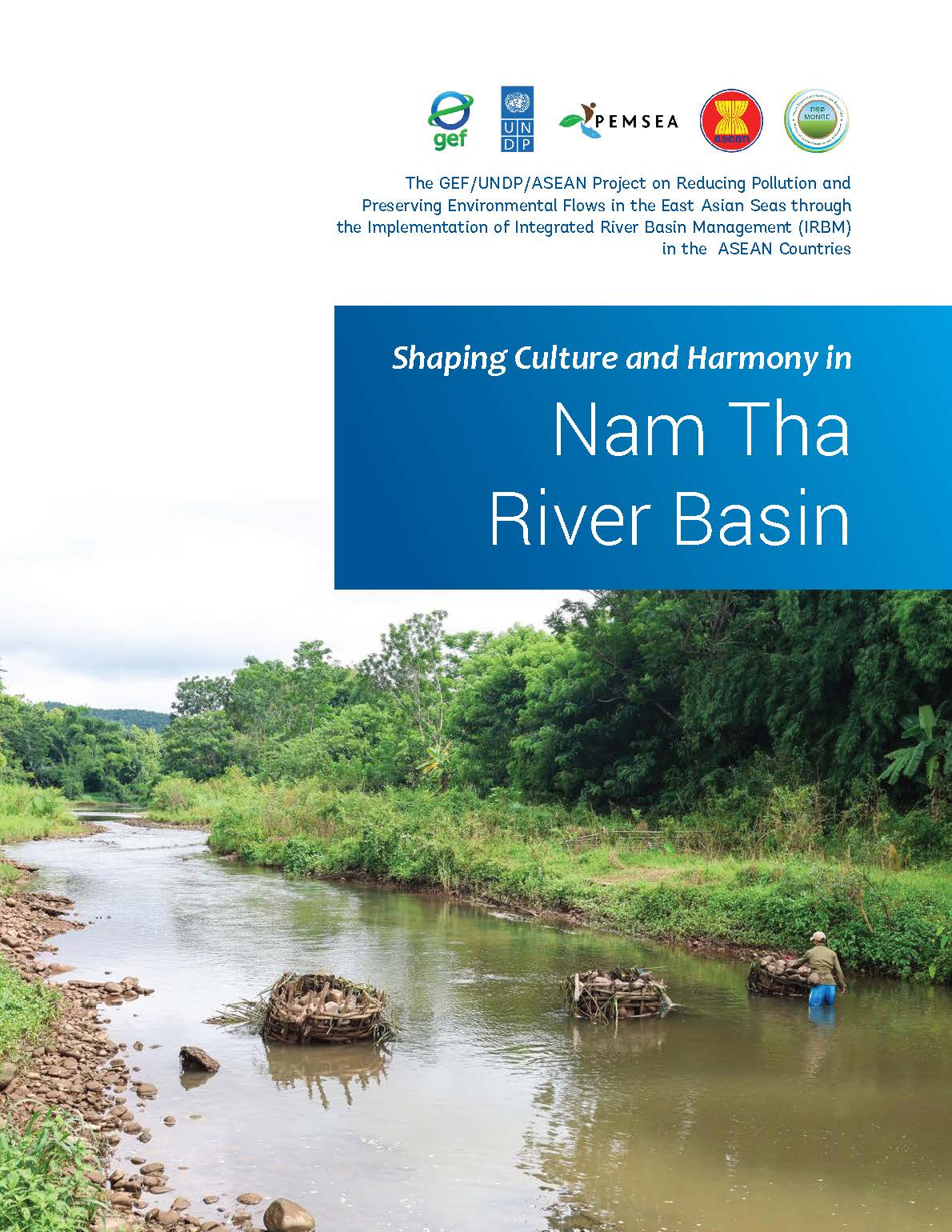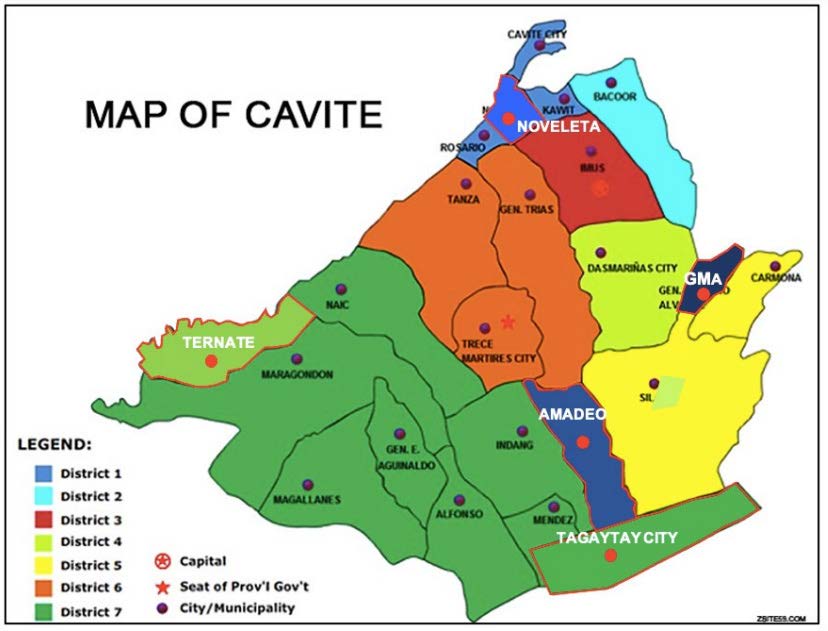
Breadcrumb
IRBM Stories - Kampong Bay River Basin: The Lifeline of Kampot Province
Kampong Bay River Basin is one of the largest coastal river systems that supports over 184,000 people in the southern region of Cambodia. Today, rapid coastal and riverbank developments and the increasing water usage endanger the critical source of water in Kampot Province.
The Government of the Kingdom of Cambodia, through the Ministry of Environment, is working together with PEMSEA, UNDP in Asia and the Pacific, Global Environment Facility, and ASEAN to arrest the rapid decline of water quality in Kampong Bay.
IRBM: Inception Report
The GEF/UNDP/ASEAN Project on Reducing Pollution and Preserving Environmental Flows in the East Asian Seas through the Implementation of Integrated River Basin Management (IRBM) in the ASEAN Countries is a 5-year project (2023-2027) with the goal of establishing functional IRBM mechanisms in priority river basins/sub-basins in the six ASEAN Member States (AMS), i.e., Cambodia, Indonesia, Lao PDR, Malaysia, Philippines and Viet Nam, for reducing pollution and sustaining freshwater environmental flows as well as adapting to climate change vulnerabilities.
The Project is designed to improve governance and management arrangements in IRBM and accelerate the required changes in the six AMS in support of national priorities, objectives and commitments to global sustainable development targets using the source to sea (S2S) framework. The Project is organized into 4 components with 5 major outcomes and 20 key outputs to achieve the project goal and objective.
This Inception Report outlines the operational strategy and approaches of the Project and how it will be implemented in 2023-2027, particularly focusing on the initiation of project activities in 2023 at the regional level and in the priority river basins of the six participating AMS. The report also presents the key results and recommendations from the Regional Inception Workshop, including the proposed next steps, for review and approval of the RSC.
IRBM Stories - Nam Tha River Basin: Shaping Culture and Harmony
Like in any other countries, water is essential to the life and culture of every Laotian. It drives the economy– from household and grassroots communities to national development.
Let us take you to the Nam Tha river basin in Lao People’s Democratic Republic, and immerse in the story of how the river shapes the way of life of communities and its people.
Recalibration and revitalization: Sorting out Cavite’s trash
The Ecological Solid Waste Management (ESWM) in Cavite Province (Plastic Wastes Recycling Project) was funded with a grant from the Coca-Cola Foundation Philippines Inc., and implemented by the Partnerships in Environmental Management for the Seas of East Asia (PEMSEA) in partnership with the Caritas Diocese of Imus Foundation, Inc and in close coordination with Cavite’s Provincial Government Environment and Natural Resources Office (PGENRO).
Assessment of National Policies, Laws and Regulations to Facilitate Ship Waste Handling Management in the Philippines
As an archipelagic country, the maritime industry plays a critical role in moving goods and people across the more than 7,000 islands, as well as linking the Philippines to international trade and commerce. The maritime industry therefore serves as an integral component of the country’s socioeconomic development and in establishing linkages to the economic growth areas in the East Asian region and beyond. The ports and shipping sector in particular is one of the key ocean-based industries that contributed 12 per cent of the gross value added of the country’s ocean economy in 2016 or around USD 1.4 billion (in constant 2012 prices) employing around 700 thousand people. Of the 1,300 ports in the country, 1,000 are government owned and the rest are privately owned. In addition to seaports, which serve as major hubs for international and domestic/interisland cargo and passenger vessels, there are also fish ports, feeder ports or commercial ports located in many coastal areas around the country. Fish ports, which are also referred to as landing centers provide the facilities for the distribution of fish (PEMSEA and DENR, 2019).




